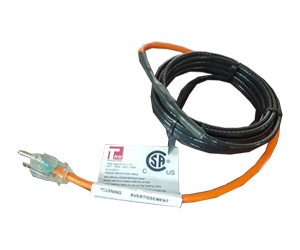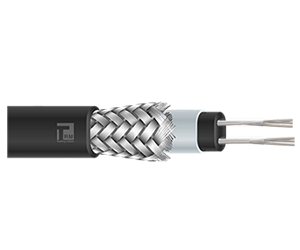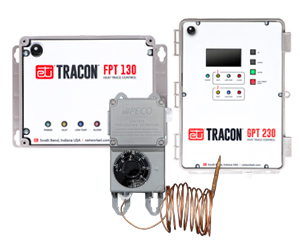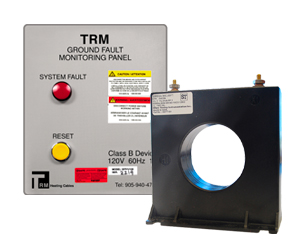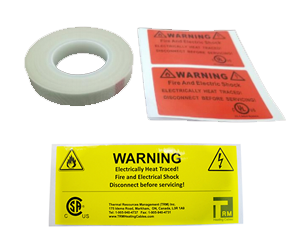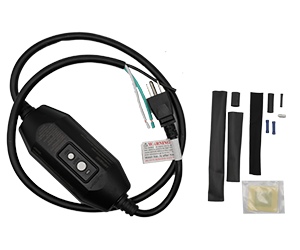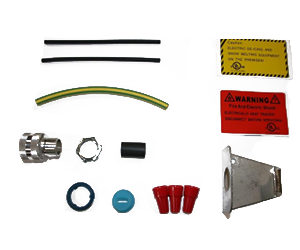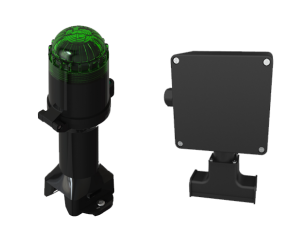PIPE TRACING
Exposed piping can be subjected to extreme cold temperatures, leading to blockage, pressurization and catastrophic failure of the pipe. TRM offers heat trace systems designed to prevent fluids from freezing in pipes for a variety of residential, commercial, and industrial applications.
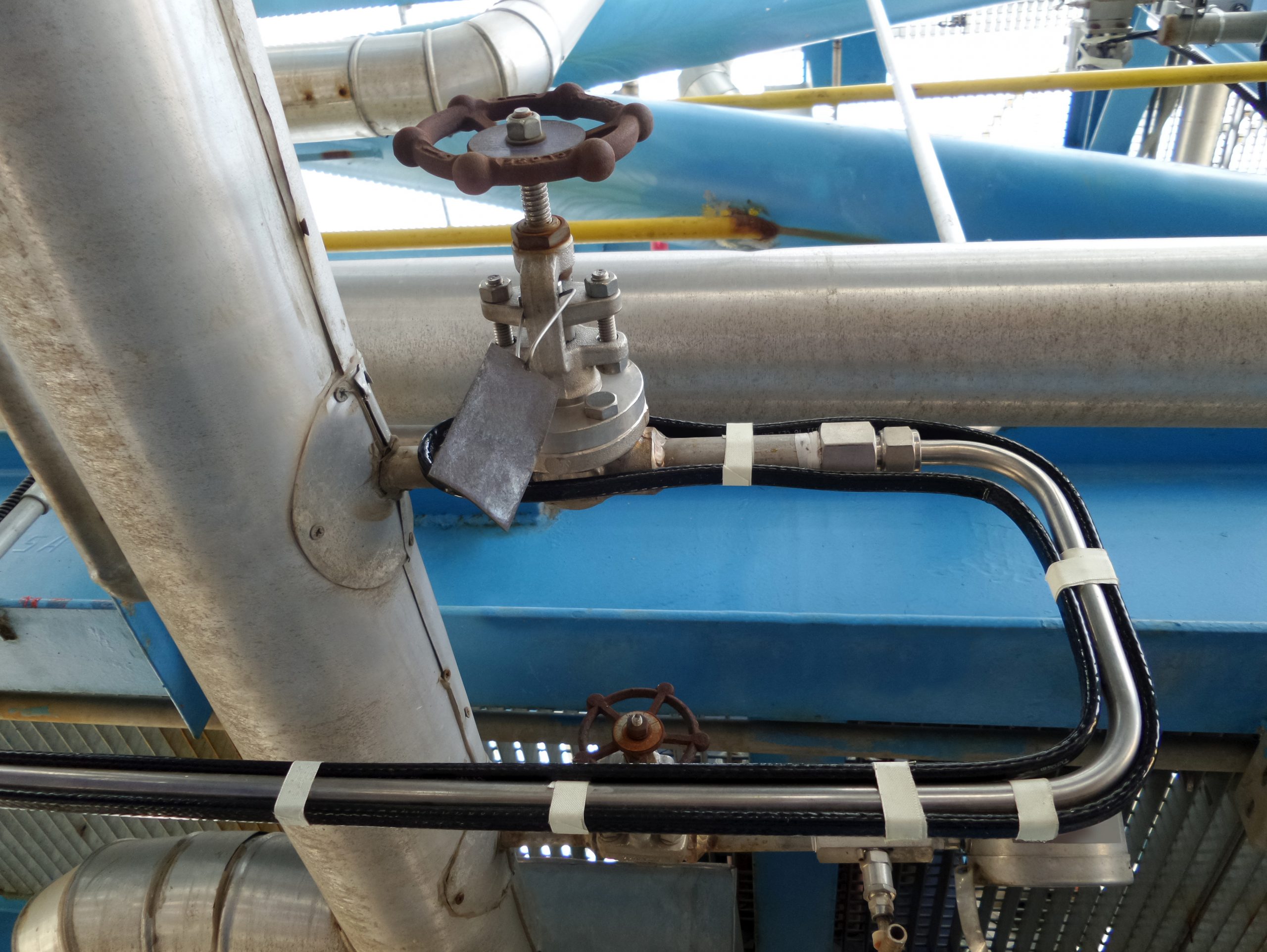
A TRM Pipe Tracing system consists of:
- Electric heat trace cables
- Control systems and sensors
- Components and accessories
By externally tracing the exposed pipe with heating cables, and wrapping the assembly in insulation, we maintain an ambient zone of warmth around the pipe that prevents freeze-up within. We also offer an in-pipe tracing solution to keep residential potable water lines ice-free year round.
TRM boasts a vast range of innovative, cost-effective heating cables and controls to provide our customers with the best possible solution for their pipe or vessel heat tracing needs. We offer helpful solutions to connect you with the right product for the right application.
TRM can design and supply a complete pipe tracing system with cables, controls, sensors, installation, and commissioning assistance.
Our qualified team will help you assess and design a pipe tracing system, including controls and sensors, that will meet and exceed your expectations.
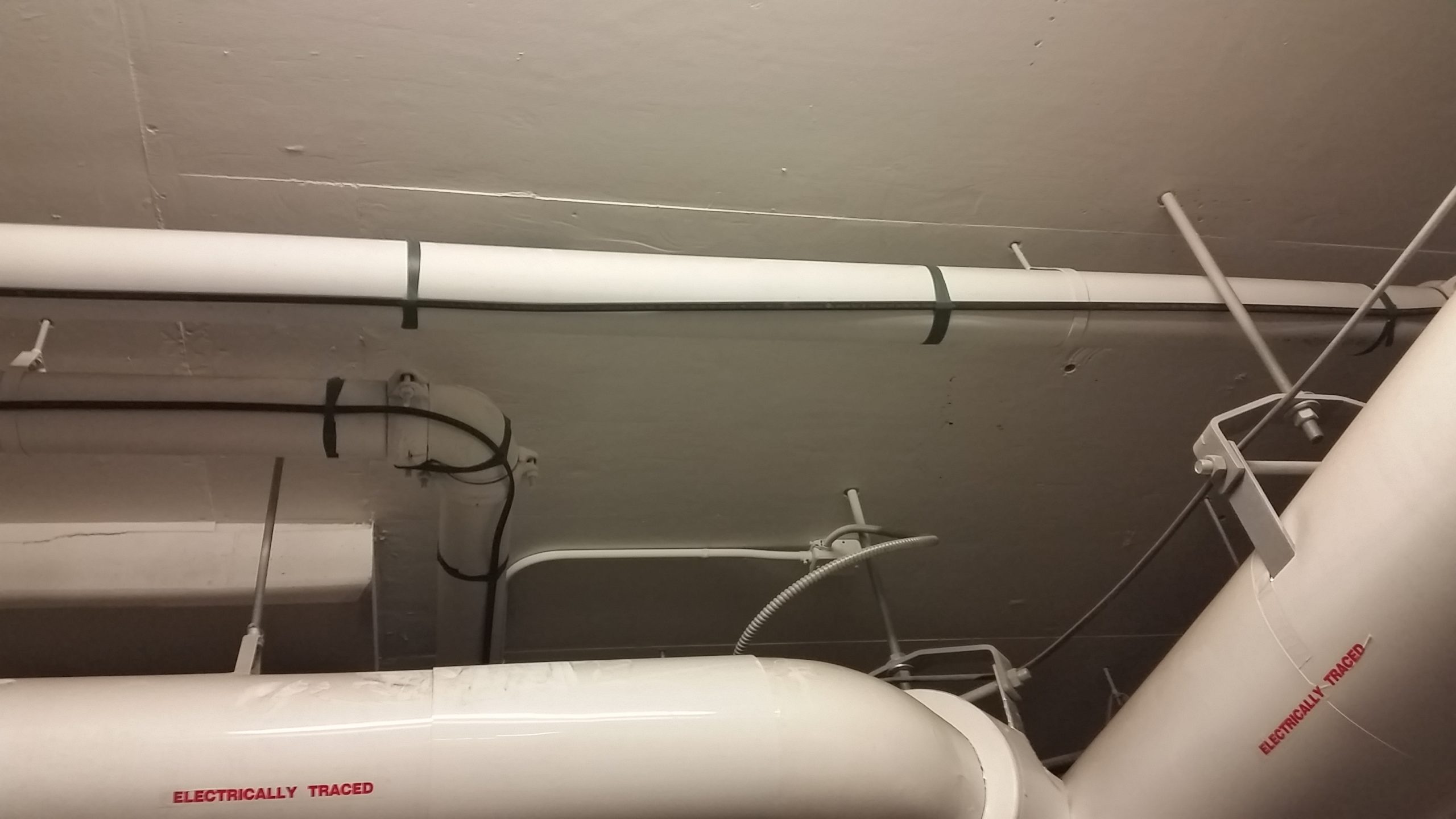
Related Products
FAQ
How does self-regulating heating cable work?
TRM’s self-regulating cable is comprised of two bus wires that run parallel to each other, which are connected by a conductive inner core. When the cable is exposed to colder temperatures, the cable contracts and the conductive core activates as the bus wires and conductive core move closer together/ become more compressed, creating more wattage and more heat. As the cable is exposed to warmer temperatures, the cable expands, and fewer connections are made between the bus wires within the conductive core, generating less wattage and heat. This cable will always draw some amperage unless you utilize a controller with some form of start-up conditions being required to engage the cable(s).
Is exterior insulation required when tracing pipes for freeze protection?
Yes, the application of heating cable on a pipe is not enough to ensure the generated heat will evenly transfer to the pipe material and prevent the internal fluid from freezing. For this reason, a specific thickness of appropriate waterproof insulation is required. External pipe tracing for freeze protection requires careful assessment of the pipe materials, diameters, exposure temperatures and insulation thickness to ensure the correct wattage per linear foot of pipe is achieved.
Can a self-regulating heating cable be crossed over itself?
Yes, self-regulating heating cables can be looped, crossed and run in free air applications without any fear of heating cable burnout.
Will a self-regulating cable ever turn off if it is not controlled?
No, a self-regulating heating cable will adjust its output along a curve, based on its exposure temperature. So while it will output very little heat when exposed to warm conditions, it will always draw some amperage. The best way to save energy and reduce system operating cost is to utilize a snow melting or heat tracing control to activate the system only when conditions require it.
Do I need a control for my roof and gutter de-icing system?
TRM self-regulating cables do not require a control to operate, but we recommend utilizing a control to ensure the heating system is only active when site conditions require it to be on. This is the best way to ensure the site is protected, while saving energy and reducing the system operating cost.
Do I need a control for my pipe tracing system?
TRM self-regulating cables do not require a control to operate, but we recommend utilizing a control (or multiple controls) to ensure the heating system is active when site conditions require it to be on. This is the best way to ensure the site is protected, while saving energy and reducing the system operating cost.
Can I use an extension cord to feed my pre-terminated heat tracing cables?
No, extension cords cannot be used to extend the power supply to the heating cable. We recommend having a cable that is long enough to reach the power supply, using appropriate cable routing to prevent water from running down into the electrical box, or to contact a local electrical contractor about a new junction box or outlet installed closer to the installation area for the heating cable.
Do I need Ground Fault Protection on my freeze protection/de-icing circuits?
Yes, Ground Fault Protection (GFI) is required by local electrical codes and by-laws. Some controls offer GFI as a built-in feature, while other controls that do not have GFI protection built in would need to be utilized in conjunction with appropriate GFI breakers. For more information, contact your local electrical contractor or inspector.
Can I heat trace inside a pressurized potable water line?
Yes, TRM SR In-Pipe Heating Cable is NSF-compliant and designed for internal tracing of potable water lines from ¾” to 2” in diameter. It comes with all necessary NFS-compliant fittings to allow for installation at the site, using a site-specific Tee fitting (provided by the plumber or local plumbing supply), which has a ¾” NPT entry.
Is exterior insulation required when internally tracing potable water lines?
Insulation is always recommended when freeze protecting pipes to improve performance and reduce consumption. However, if our in-pipe heat tracing instructions are followed, exterior insulation is not required. TRM SR In-Pipe Heating Cable is designed to maintain a flow path in pipes ¾” to 2” in diameter without the need for external insulation.
Can an SR cable be repaired?
Yes, TRM SR Heating Cable is built to last. However, should the need arise, they are easy to test and repair, avoiding costly downtime in the future. The electrician would require one TRM-SR-ACC-SPL/TEE Splice Kit to complete each splice repair location. If there is enough slack in the heating cable, it can simply be repositioned and spliced, but if a large area has been affected, it can be cut out and removed, and a new section (of the same type) of TRM SR Heating Cable can be spliced back into place.
Who can install my freeze protection/ de-icing system?
TRM recommends that freeze protection/de-icing system installations are carried out by qualified and experienced professionals to ensure the site conditions and installation practices are appropriate for the materials being worked with. All products come complete with step-by-step installation instructions and direct phone support from TRM. All electrical installations should be performed by a qualified electrician to meet all local codes and by-laws, as well as obtain any electrical permits prior to installation.


